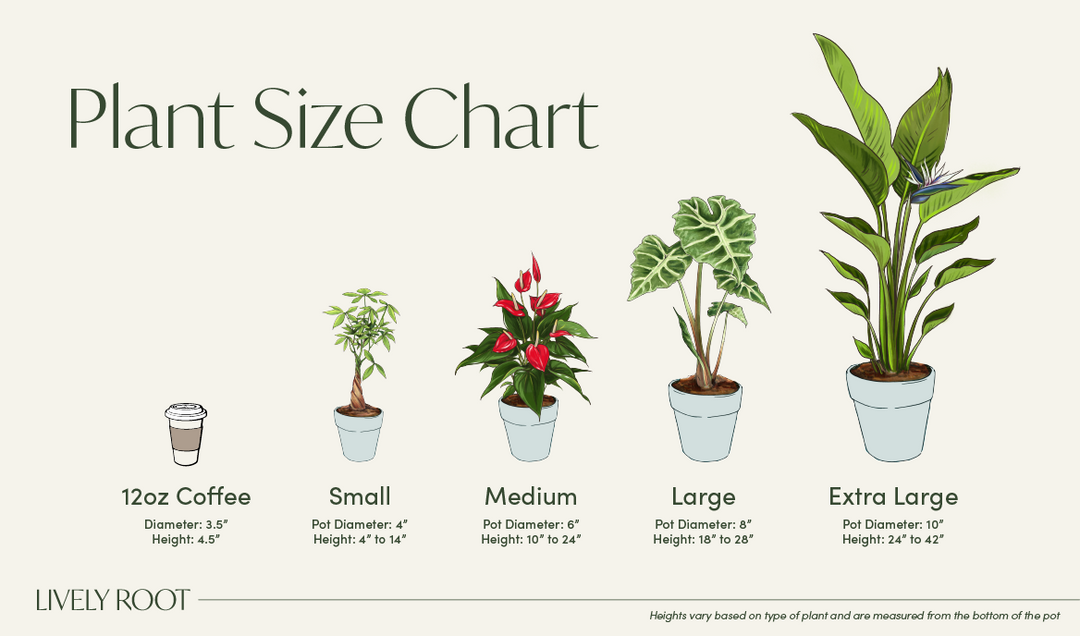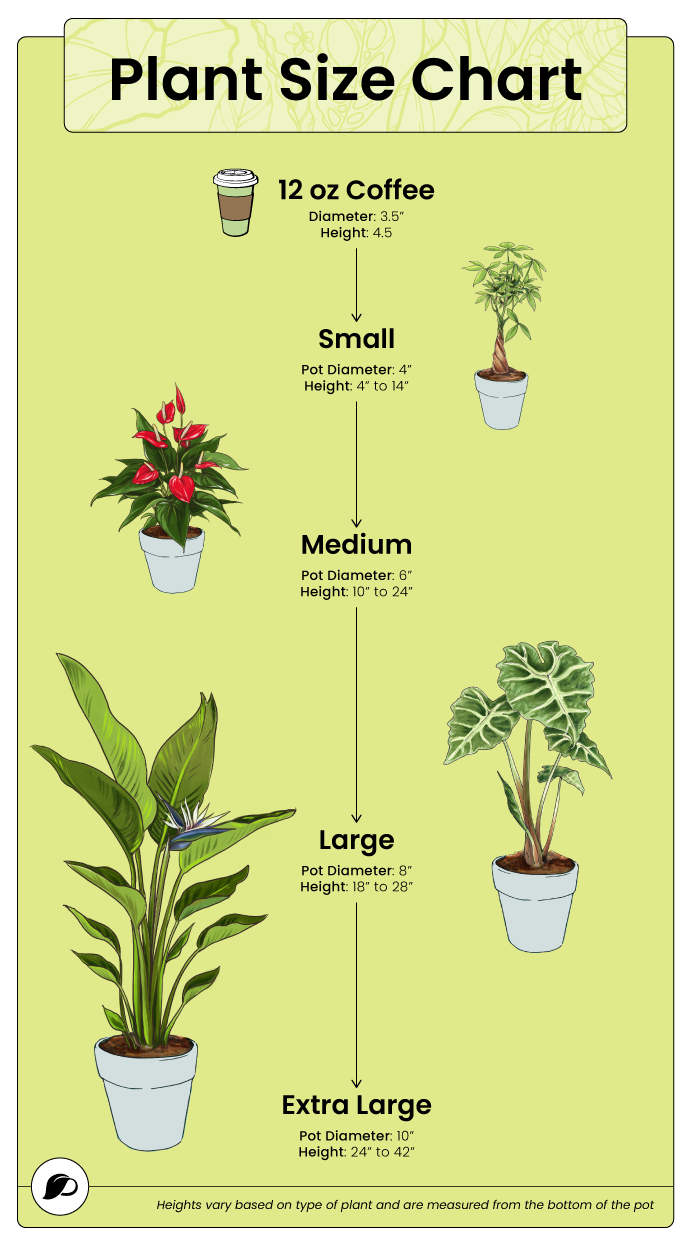Welcome
You have points
Recently viewed
Wishlist
Sign in to access your favorites

The Dragon Tree, scientifically known as Dracaena Marginata, is a striking houseplant characterized by its long, slender leaves with red edges. It belongs to the Asparagaceae family and originates from Madagascar. It is favored for its air-purifying properties and elegant appearance. It thrives in bright, indirect light and is relatively easy to care for, making it a popular choice for indoor greenery enthusiasts. However, it’s worth noting that the dragon tree is toxic to pets if ingested.
The dragon tree holds various meanings and symbolism across different cultures. It’s often associated with longevity, resilience, and prosperity.
Excellent air-purifying plant, known for removing toxins from indoor air, promotes a healthier living environment.
Dracaena marginata, commonly known as the dragon tree, is an easy-to-care-for plant that thrives indoors with minimal maintenance.
Dragon tree care includes moderate watering, allowing the top inch of soil to dry out between waterings. These tropical plants thrive in bright, indirect light but can also tolerate low-light conditions. Avoid direct sunlight, as it can scorch the leaves.
Maintain average room temperatures between 65°F to 80°F (18°C to 27°C). A Dracaena plant is adaptable to normal indoor humidity levels, but occasional misting can benefit them, especially in dry indoor environments.
Plant dragon trees in well-draining sandy soil. Repot every two to three years in a slightly larger pot during spring or early summer. Fertilize once a month during the growing season with a balanced liquid fertilizer diluted to half strength.
Dragon Trees can be propagated from stem cuttings. Prune back leggy growth to maintain a compact shape, and regularly remove dead or yellowing leaves. Wipe the leaves with a damp cloth to keep them clean and dust-free.
Overwatering can lead to root rot, while underwatering can cause leaf browning. Yellowing or browning leaf tips may indicate low humidity or dry soil. Pests, such as spider mites and mealybugs, can infest dragon trees. Neem oil or insecticidal soap is usually an effective remedy for this problem.
When considering the placement of your dragon tree plant, it’s essential to understand its space requirements and compatibility with other plants. Additionally, exploring companion and alternative plants can enhance the visual appeal of your indoor green space.
While the dragon tree may not be suitable for households with pets, here are three alternative pet-friendly plants to consider.
Enhance your space with the majestic Dragon Tree - shop now at Lively Root and bring a touch of elegance to your home or office decor.
Follow us @livelyroot & show us your #livelyroot plants

